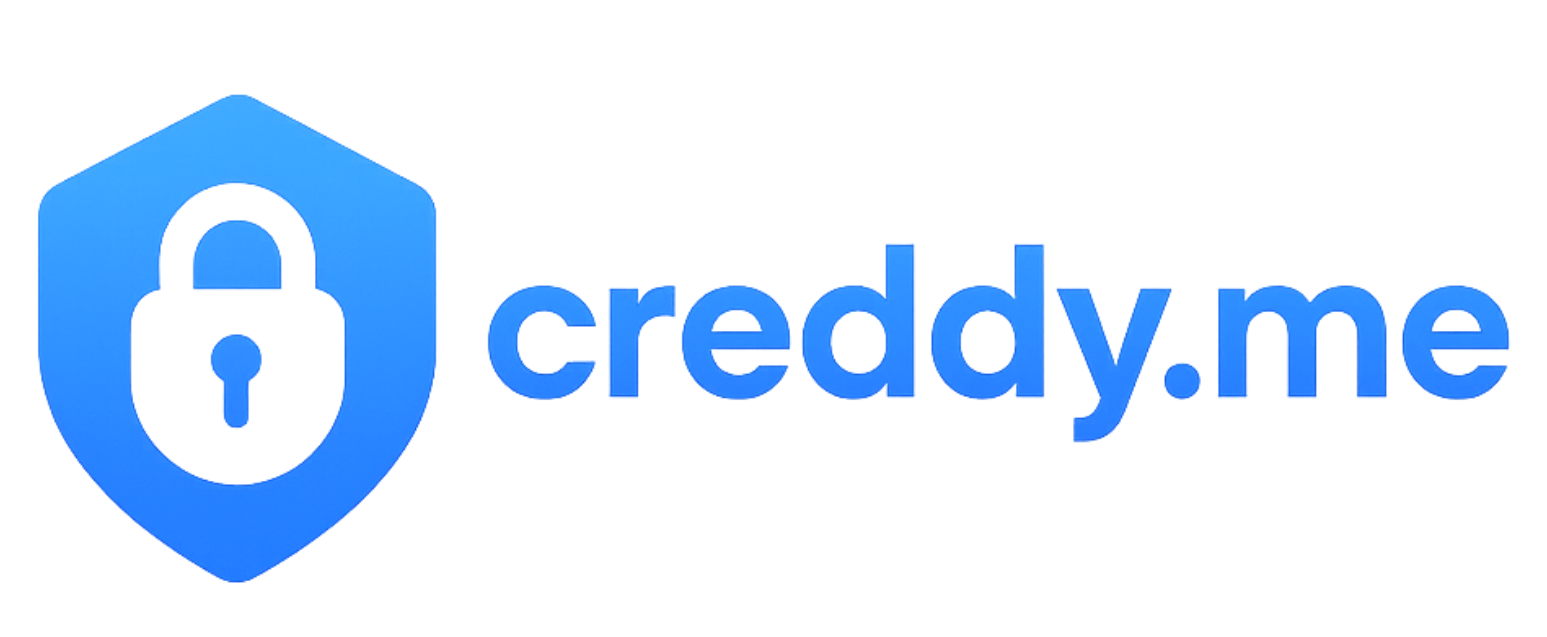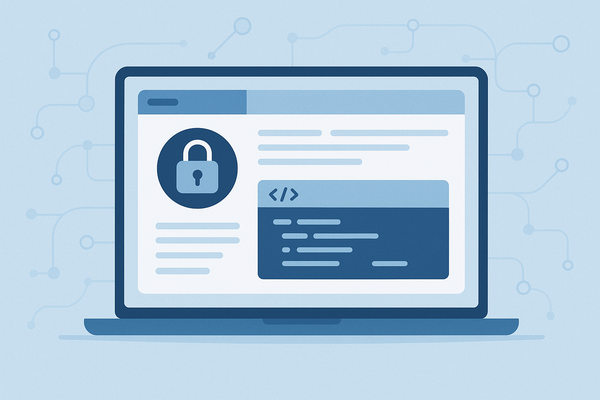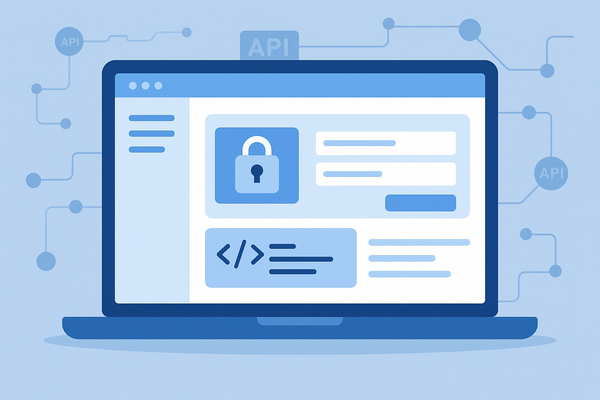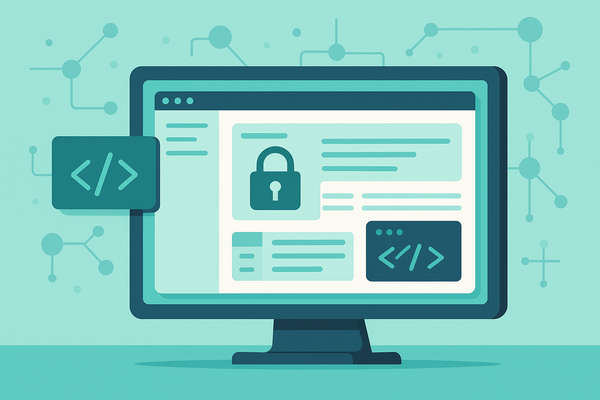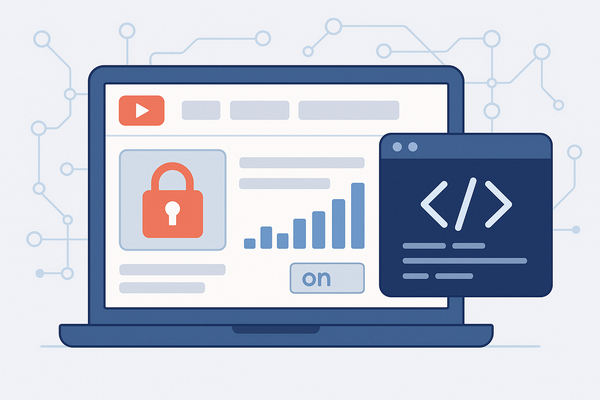How to Get GitHub OAuth 2.0 Client ID and Secret - Step-by-Step Tutorial
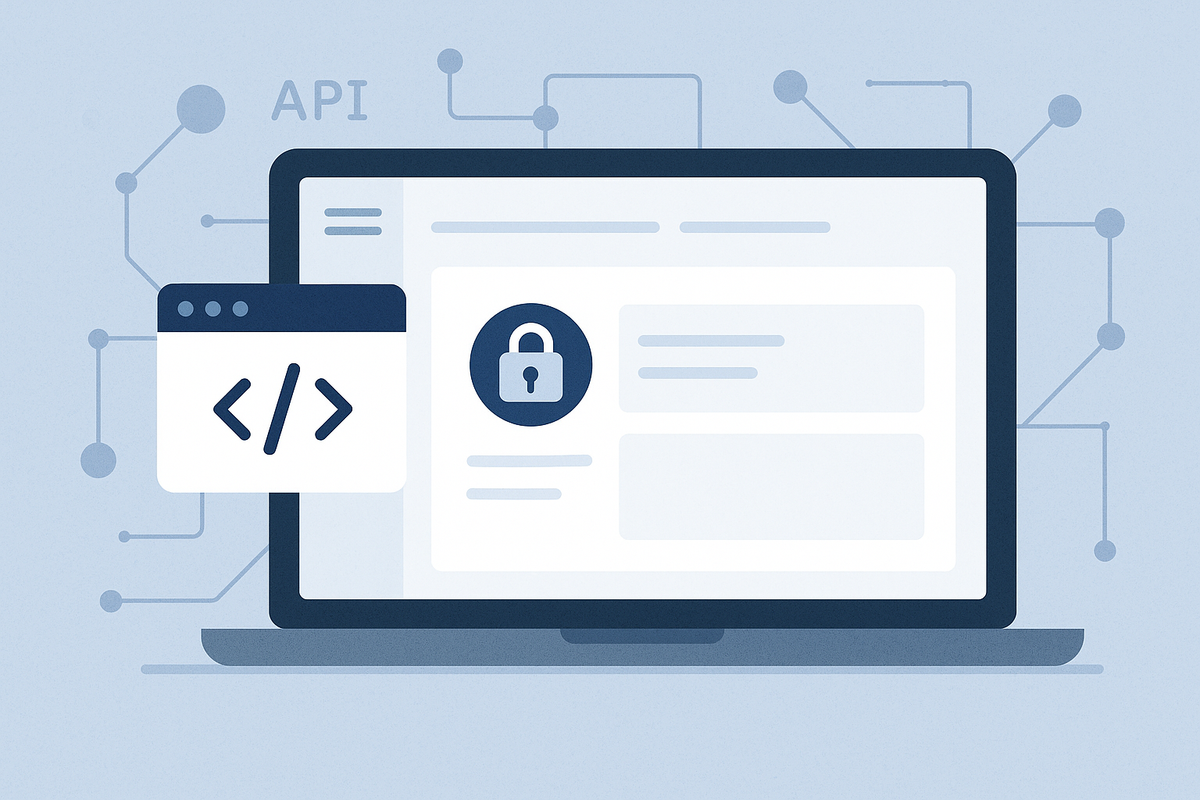
How to Get GitHub OAuth 2.0 Client ID and Secret - Step-by-Step Tutorial
Ever been in the middle of building an awesome app only to hit a wall when you need to connect it to GitHub? You're not alone! The dreaded "OAuth 2.0 credentials" requirement stops many developers in their tracks. But here's the thing - getting your GitHub OAuth 2.0 Client ID and Secret isn't as complicated as it sounds. Think of it as getting a special VIP pass that lets your app talk to GitHub on behalf of your users. Once you have these credentials, you'll be able to build integrations that can access repositories, manage user data, and create seamless authentication flows. Let's walk through exactly how to get these magical keys that will unlock GitHub's full potential for your application.
What's a GitHub OAuth 2.0? (The Simple Version)
Think of GitHub OAuth 2.0 as a digital handshake between your app and GitHub. It's like having a special password that proves your app is legitimate and trustworthy. Instead of asking users to share their actual GitHub passwords (which would be a security nightmare), OAuth 2.0 lets GitHub safely verify who they are and what your app is allowed to do.
Here's what your GitHub OAuth 2.0 credentials unlock:
- Let users sign into your app using their GitHub account
- Access public and private repositories (with permission)
- Read user profile information and email addresses
- Create, update, and manage issues and pull requests
- Integrate with GitHub's powerful API for advanced features
The best part? Users stay in control of what your app can access, and they can revoke permissions anytime.
Ready to Generate Your OAuth 2.0 Credentials?
Follow this quick tutorial to get your GitHub OAuth 2.0 Client ID and Secret set up in just a few minutes:
Pro tip: Make sure to copy and store your Client Secret immediately after generating it - GitHub won't show it again for security reasons!
Are you a service provider looking to collect credentials from your clients? Try Creddy.me for free and collect your credentials in minutes, not days.
Why Would You Want This OAuth 2.0 Anyway?
The 'Aha!' Moments:
🔥 One-Click User Authentication
User visits your app → Clicks "Sign in with GitHub" → Instantly logged in with their GitHub profile → No password hassles, no registration forms!
🚀 Automated Code Deployment
Developer pushes code to GitHub → Your app detects the change → Automatically deploys to staging/production → Zero manual intervention needed!
📊 Repository Analytics Dashboard
Connect user's GitHub account → Pull repository data and commit history → Generate beautiful insights and reports → Help developers track their productivity!
🤖 Smart Issue Management
User creates task in your app → Automatically creates GitHub issue → Syncs status updates both ways → Perfect project management integration!
Real-World Integration Examples:
- Netlify: Deploys websites directly from GitHub repositories with automatic builds
- Vercel: Seamless deployment pipeline triggered by GitHub commits
- Discord: Rich GitHub notifications and repository activity in chat channels
- Slack: Pull request notifications and code review workflows
- Trello: Links GitHub commits to project cards for better tracking
Keep Your OAuth 2.0 Safe (It's Easier Than You Think)
Here are the golden rules for keeping your GitHub OAuth 2.0 credentials secure:
- Never commit secrets to your repository - Use environment variables or config files that are gitignored
- Use different credentials for development and production - This way, testing won't affect your live app
- Regularly rotate your Client Secret - GitHub makes it easy to generate new ones when needed
- Set specific redirect URIs - Only allow callbacks to your actual app domains, not wildcards
Quick Test: Try making a simple API call to GitHub's user endpoint to verify everything is working before building your full integration.
The Professional Way to Collect Client Credentials
"Hey, I need your GitHub OAuth credentials to set up the integration."
"Uh... how do I get those?"
"Well, you need to go to GitHub, create an OAuth app, configure the settings..."
"This sounds complicated. Can we do this later?"
Sound familiar? What if there was a better way?
Instead of walking every client through technical setup processes, imagine sending them a simple link where they can securely provide their credentials in under 2 minutes. That's exactly what Creddy.me does. Your clients get a clean, professional interface that guides them through the process, while you get the credentials delivered straight to your dashboard - no back-and-forth emails or confusing screenshots needed.
The difference is night and day: instead of losing potential clients to technical friction, you're onboarding them faster than ever. Try Creddy.me today and see how smooth client credential collection can be.
What's Next?
Congratulations! You now have your GitHub OAuth 2.0 credentials and understand how to use them safely. This opens up a world of possibilities for building powerful integrations that your users will love. Remember, GitHub is just one of 200+ platforms that modern apps integrate with. If you're building solutions for clients, Creddy.me can help you collect credentials from all of them effortlessly.
